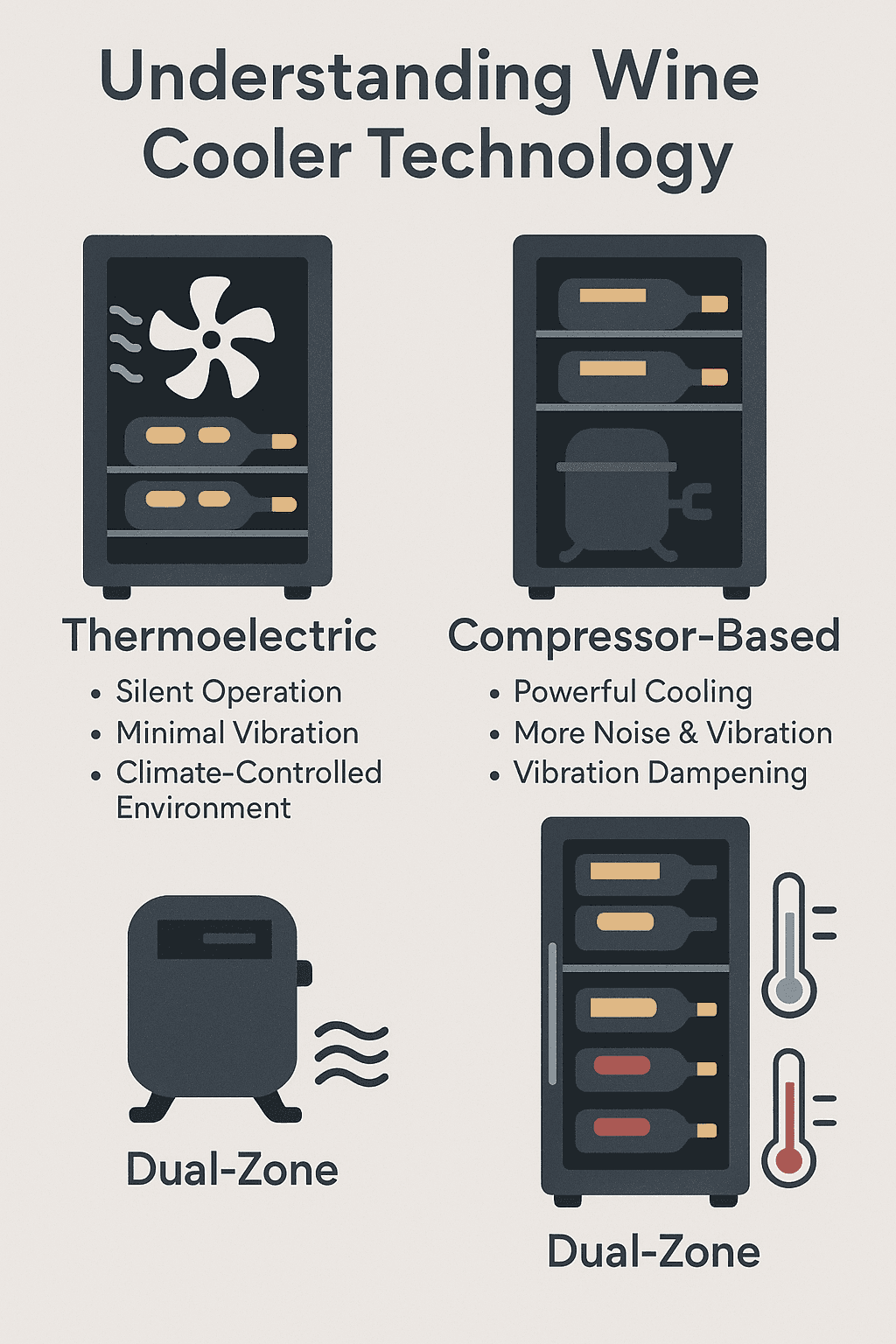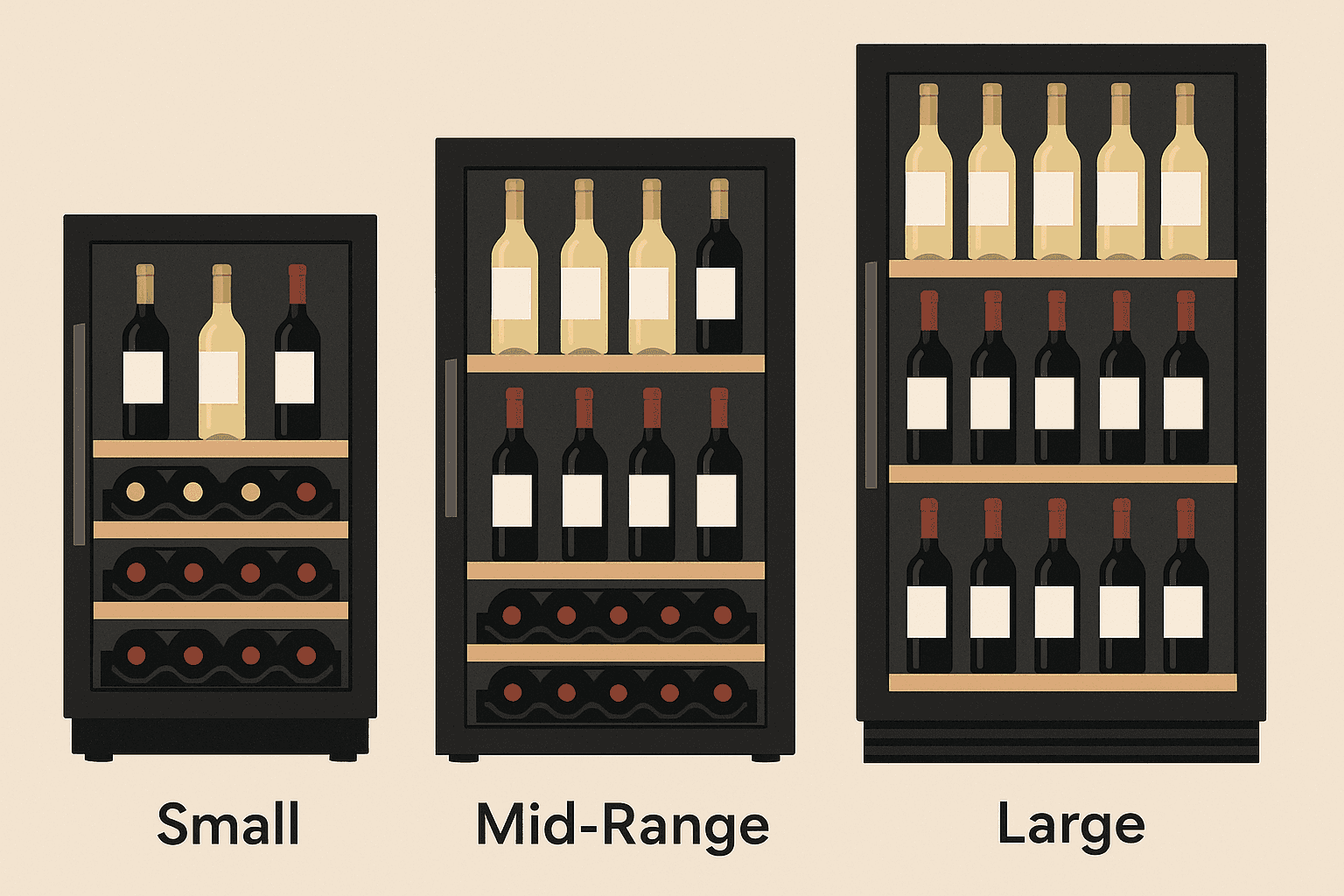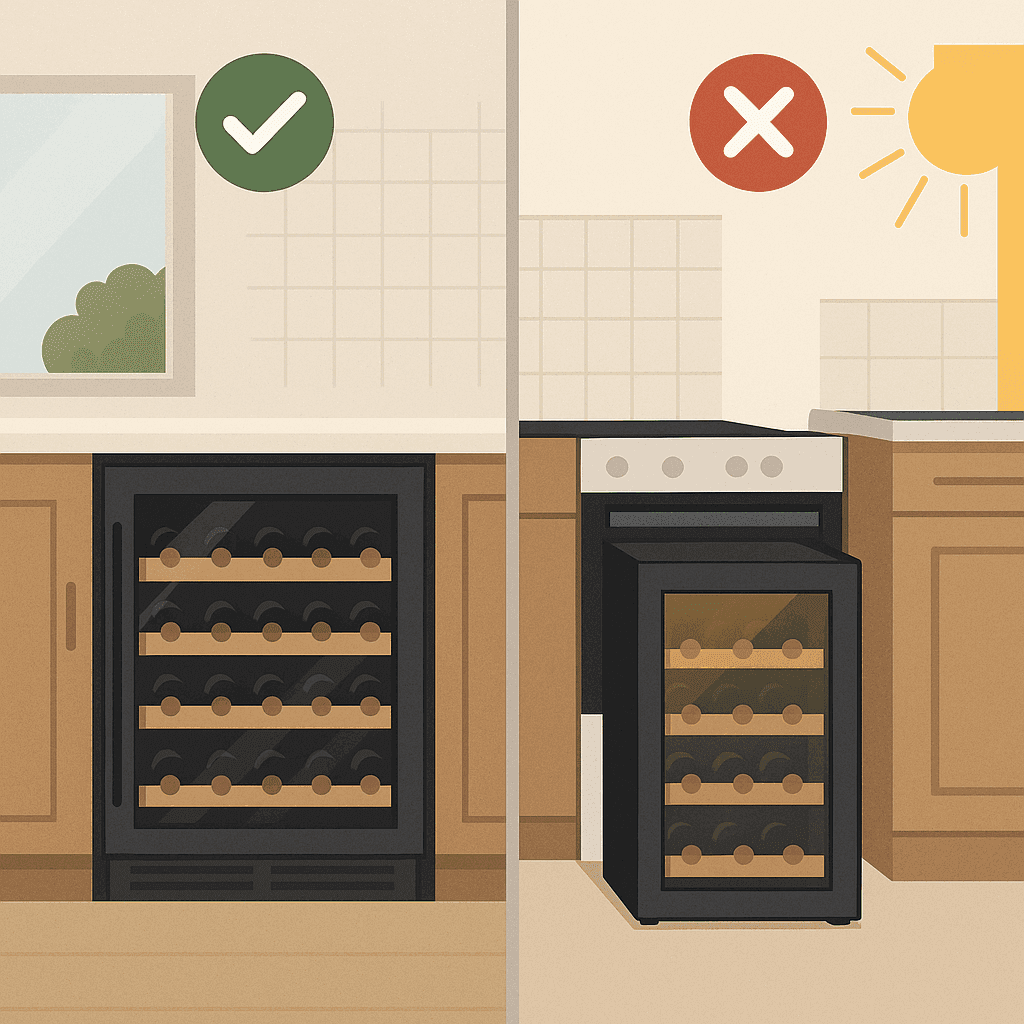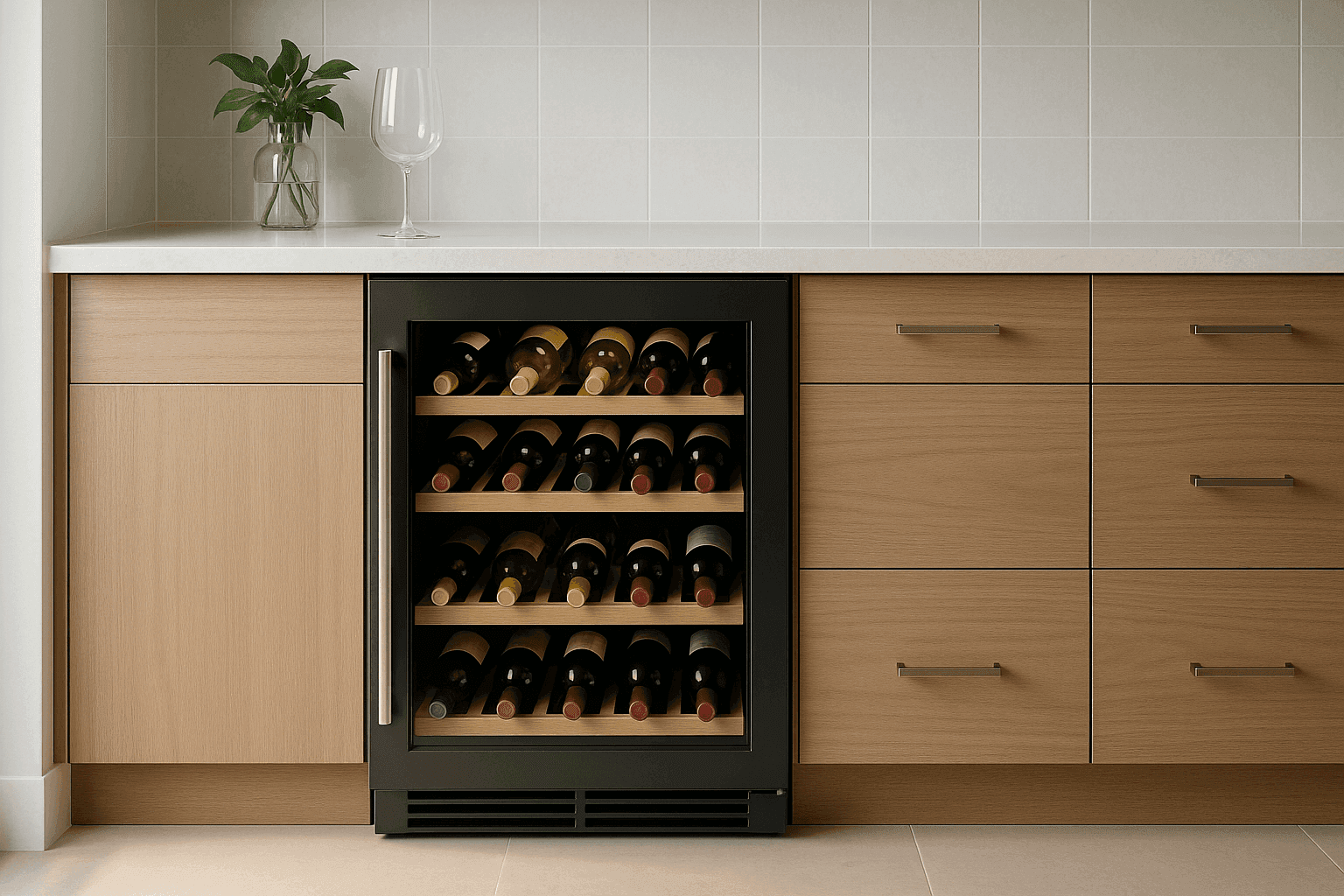Best Wine Coolers 2025: Expert Storage Guide
Proper wine storage has evolved from dusty cellars to sophisticated cooling systems that fit seamlessly into modern homes. Today's wine coolers offer precise temperature control, optimal humidity levels, and protection from harmful UV rays—all essential factors for preserving your collection's value and flavor profiles.
Whether you're safeguarding a dozen special bottles or building a serious collection, choosing the right wine cooler requires understanding both your current needs and future aspirations as a collector.
Understanding Wine Cooler Technology

Modern wine coolers employ two primary cooling technologies: thermoelectric and compressor-based systems. Thermoelectric units operate silently and produce minimal vibration, making them ideal for aging wines in living spaces. These systems work best in climate-controlled environments where ambient temperatures remain relatively stable.
Compressor-based coolers, similar to traditional refrigerators, offer more powerful cooling capabilities and perform reliably even in warmer environments. While they generate more noise and vibration than thermoelectric models, advanced designs now include vibration-dampening technology to protect delicate sediments in aging wines.
Dual-zone coolers have become increasingly popular, allowing collectors to store reds and whites at their optimal serving temperatures simultaneously. These units typically maintain 55-65°F in the red wine section and 45-55°F for whites and sparkling wines.
Sizing Your Investment

Determining the right capacity involves more than counting your current bottles. Industry experts recommend purchasing a cooler that accommodates double your current collection size, as most collectors find their inventories grow faster than anticipated.
Small countertop units holding 12-20 bottles suit casual drinkers maintaining a rotating selection. Mid-range options storing 30-50 bottles work well for enthusiasts who enjoy variety without overwhelming their space or budget. Serious collectors often invest in 100+ bottle units or multiple coolers to separate everyday wines from long-term investments.
Consider bottle dimensions carefully—many coolers advertise capacity based on standard Bordeaux bottles. Burgundy bottles, Champagne, and other formats require additional space, potentially reducing stated capacity by 20-30%.
Essential Features Worth Considering
UV-resistant glass doors protect wines from harmful light exposure while allowing you to admire your collection. Tinted or dual-pane glass provides superior insulation and UV protection compared to single-pane clear glass.
Adjustable shelving systems accommodate various bottle sizes and allow reorganization as your collection evolves. Sliding shelves provide easy access to back rows without disturbing other bottles, while display shelves showcase prized bottles at appealing angles.
Humidity control maintains levels between 50-70%, preventing cork deterioration and unwanted oxidation. Built-in hygrometers and humidity management systems have become standard in quality units, eliminating the need for manual water trays.
Installation and Placement Strategies

Freestanding units offer flexibility and portability but require adequate ventilation space around all sides. Built-in models integrate seamlessly with cabinetry but demand precise measurements and professional installation. Under-counter designs maximize space efficiency in kitchens and entertainment areas.
Avoid placing coolers near heat sources, in direct sunlight, or in unconditioned spaces like garages where temperature fluctuations stress the cooling system. Vibration from nearby appliances can disturb sediments, so maintain distance from dishwashers and washing machines.
Maintenance for Longevity
Regular maintenance extends your cooler's lifespan and ensures optimal performance. Clean condenser coils every six months to maintain efficiency. Replace carbon filters annually to prevent odors that wines can absorb through corks.
Monitor door seals for wear and ensure they create airtight closures. Even small gaps significantly impact temperature stability and energy consumption. Most manufacturers recommend professional servicing every 2-3 years for compressor units.
Making Your Selection
The wine cooler market offers options from under $200 to several thousand dollars. Budget models from established appliance brands provide reliable basic storage. Premium units from specialized manufacturers include advanced features like inventory management systems, Wi-Fi connectivity, and multi-zone configurations.
Consider warranty coverage carefully—extended warranties often prove worthwhile given repair costs for cooling systems. Research customer service reputations, as prompt support becomes crucial when protecting valuable collections.
Your wine cooler investment should align with your collecting goals, available space, and budget while providing room for growth. The right unit transforms wine storage from a concern into a showcase, ensuring every bottle reaches its full potential when you're ready to enjoy it.
